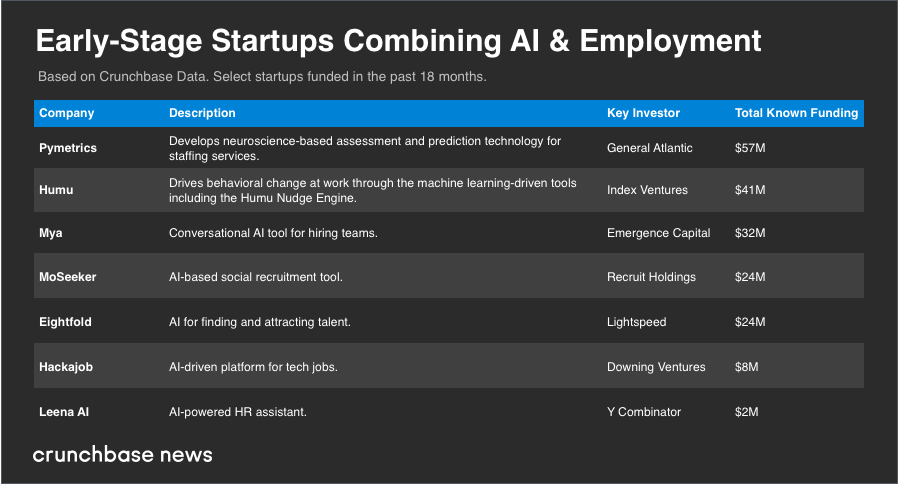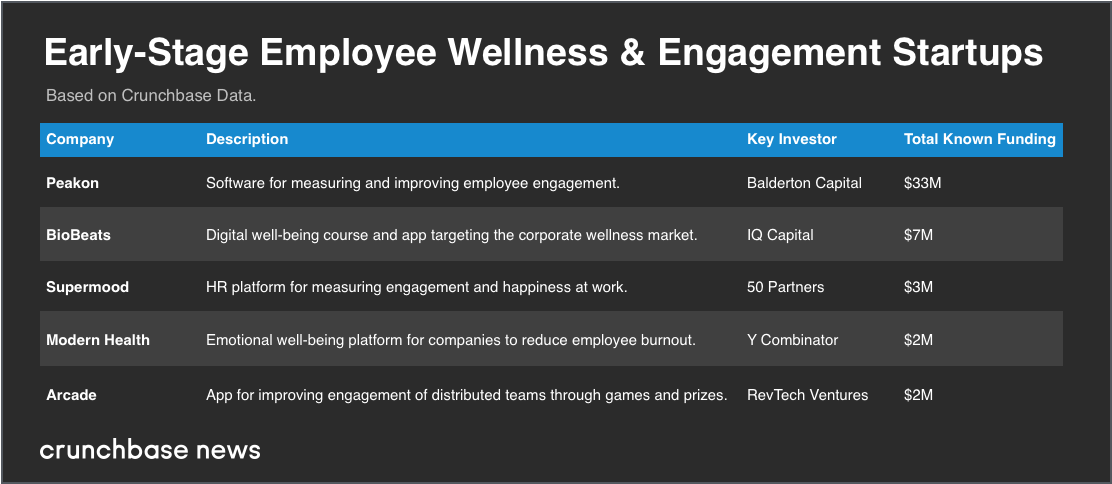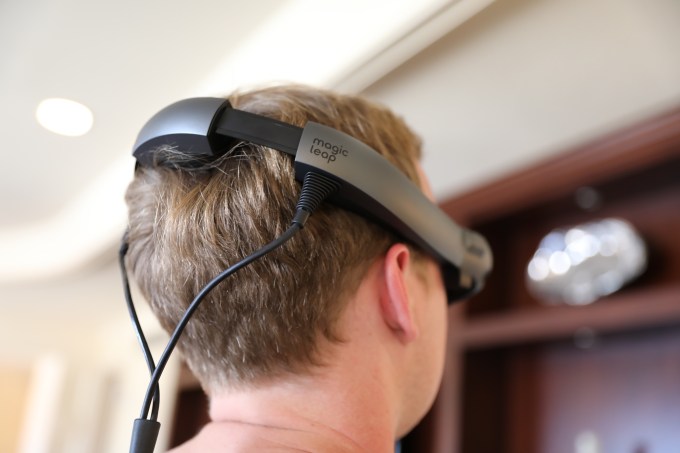Ahead of Apple’s plans to introduce its own streaming service this year, the company has partnered with Samsung to allow iTunes content to be accessible on Samsung Smart TVs. Samsung announced this morning that it will offer access to iTunes Movies and TV shows through a new “iTunes Movies and TV” app on its Smart TVs across 100 countries, and it will offer AirPlay 2 support on its Smart TVs in 190 countries worldwide.
Samsung is the first TV maker to have direct access to iTunes content though this new “iTunes Movies and TV” app, but this is not the first time that iTunes content has been accessible outside of Apple’s own ecosystem.
iTunes content is already accessible today through the third-party Movies Anywhere application, alongside purchases from Prime Video, Google Play, Microsoft Movies & TV, Vudu, and others. That app currently works on a number of streaming media devices, like Roku, Fire TV, Apple TV and others, but not yet on Samsung Smart TVs. In addition, Apple Music can today be streamed on Android devices and iTunes is available on Windows PCs.
According to Samsung, Apple’s new “iTunes Movies and TV Shows” app will allow Samsung Smart TV owners to browse their existing iTunes library and the iTunes store, where they can purchase and rent hundreds of thousands of movies and TV episodes, including a large selection of 4K HDR titles. The movies and TV shows will also work with Samsung Smart TV features, like the Universal Guide, the new Bixby, and Search.
Meanwhile, Samsung is making AirPlay 2 support available on a range of Smart TVs, including QLED 4K and 8K TVs, The Frame and Serif lifestyle TVs, as well as other Samsung UHD and HD models. This will allow TV owners to play videos, photos, music, podcasts, and more on their TV.
“We look forward to bringing the iTunes and AirPlay 2 experience to even more customers around the world through Samsung Smart TVs, so iPhone, iPad and Mac users have yet another way to enjoy all their favorite content on the biggest screen in their home,” said Eddy Cue, senior vice president of Internet Software and Services at Apple, in a statement about the launch.
Given Apple’s plans to launch its own streaming service in 2019 – presumably through its existing iTunes app – it makes sense that Apple would make that app available on more devices in the living room, where it doesn’t have as much of a presence thanks to Apple TV’s small footprint.
The new app and AirPlay 2 will be offered on 2019 Samsung Smart TV models this spring. Samsung says. 2018 Samsung Smart TVs will receive a firmware update to enable access.
Source: Tech Crunch











